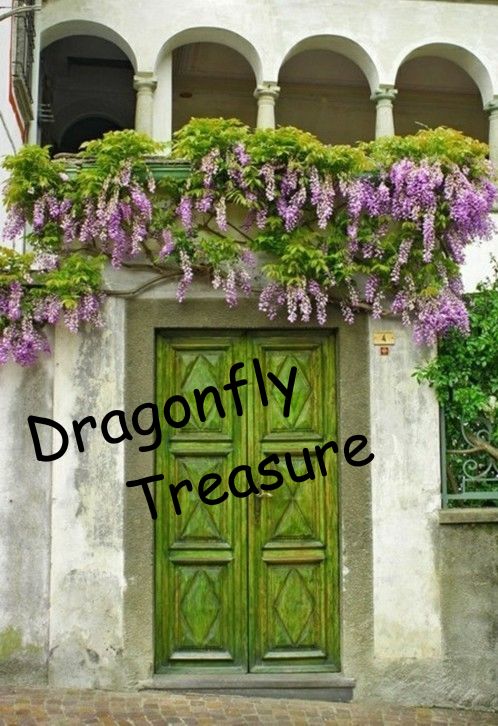
Mason Bees are easy to raise and are very gentle, amazing pollinators.
They nest in pre-made holes, whether made by other birds, such as Woodpeckers or man made. We can help increase their populations by raising them in our backyard gardens.

Mason Bees are one of the easiest to keep. Because they do not make honey, Mason Bees prove to be docile enough to only sting when stepped on or provoked.
Several flowers, vegetable, fruits and herbs benefit from being pollinated by Mason Bees, especially yellow, blue and purple tones .
Mason Bees, like all other bees cannot see certain colors, like reds.

Attracting Mason Bees
Native bees are attracted to native plants four times more likely than to other blooms. A welcoming blooming variety plant environment will be necessary during their active season. Wild flowers and native plants are a great place to start when appealing to Mason Bees.

A few flowers Mason Bees Like:
Acacia
Acacia flowers have bright yellow puffy clusters of blooms. Mason Bees can see the yellow clearly which makes them extra alluring to them.

Canterbury Bells
The delicate royal blue blossoms of the Canterbury Bells attracts a variety of pollinating creatures, including Mason Bees.

Daisies
Attracting Mason Bees with Daisies only requires that you grow appropriate colors--yellow, purple, blue and several varieties of those color tones.

Moist soil is a must for survival. The female lays her eggs inside the holes of the bee house. Using this soil, like mortar, she creates safe chambers for her eggs and a cache of nectar.
When you see Mason Bees flying around your yard,
take your shovel and turn over a patch of damp soil for them.

The Mason Bee, as well as all Bees, decline is related to pesticides,
climate change, drought, diseases, loss of habitat and predators to name a few.
Pesticides are not only bad them, but for us too,
so we need to stay away from them.
Did you know Bees get thirsty?
Bees need access to safe water sources.
They often risk drowning in birdbaths or being eaten at rivers and lakes by birds, fish, frogs, and other wildlife. This is why they often fly around our clotheslines and may even land on us if we're in an outdoor pool on a hot day.
Bees know exactly where to return to the same water source each time.
Foragers seems to seek scented water sources. They even mark unscented
sources with a pheromone so others can locate it easily.
One way you can be sure Mason Bees have access to water is by adding
marbles to a pan, then adding water.

The marbles give the bees a spot
to land so they don't drown when they drink.
Do change the water frequently to avoid mosquitoes laying eggs
in the water.

Provide them with a home, some mud, wildflowers/flowers,
some water and Mason Bees will come to pollinate your plants into a beautiful garden full of flowers fruits and vegetables.









































































